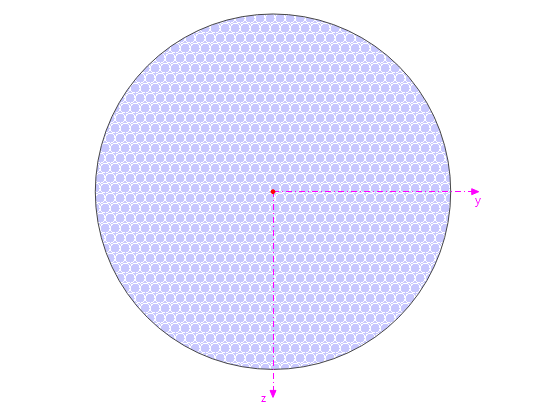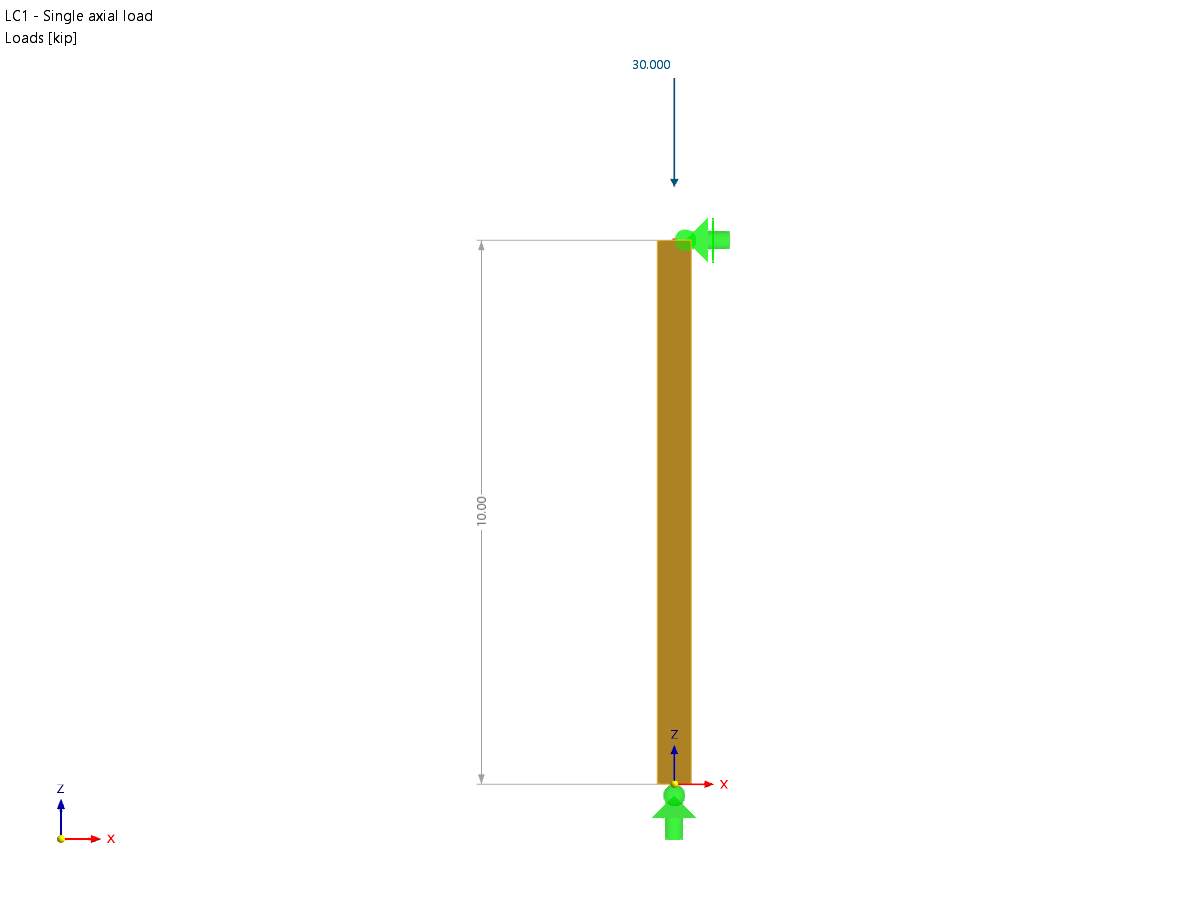The modules are elements with a limited length that can be joined using couplings. Thus, the bridge engineer can set the span, depth, and width of the bridge by adding elements together.
These bridges have to meet various national codes, mainly the Eurocode and the American standard (AASHTO).
Since Janson Bridging’s in-house engineering department calculates each individual bridge separately, with bridge spans ranging from 2 to 40 elements, the amount of work can be considerable in order to calculate the deflections, reaction forces, and stresses.
Hence, Janson Bridging decided to optimize its engineering process by automating the creation of RFEM and CAD bridge models in 2012. The goal was to generate, calculate, design, and check the bridge automatically.
Automatic Generation with RF-COM Interface
Today, using the RF-COM interface, Janson generates its JSK, Bailey, and JPB-bridge types automatically.
The analysis models consist of members and/or surfaces, using components such as nonlinear bracing, compression-only members, and orthotropy.
Additionally, Janson is able to generate a Tandem System (LM) running along the span of the bridge. The reaction and internal forces are stored automatically in the correct pages of the spreadsheet, considerably reducing the amount of work for the engineer. Using the automatization tools, the engineer can calculate the reaction forces in just a few minutes.
| Structural Engineering | Janson Bridging Hank, Netherlands www.jansonbridging.com |









.png?mw=350&hash=c6c25b135ffd26af9cd48d77813d2ba5853f936c)















![Basic Shapes of Membrane Structures [1]](/en/webimage/009595/2419502/01-en-png-png.png?mw=512&hash=6ca63b32e8ca5da057de21c4f204d41103e6fe20)


.jpg?mw=350&hash=d62717c49aebc9714b3d229064bdaef2e11cb61b)

.jpg?mw=350&hash=15fed22041347d6edc19a652a5b814fa4cc93a8a)

.png?mw=350&hash=3cab6799ca4d393ddbef067393646060a3a41513)




.png?mw=512&hash=ea9bf0ab53a4fb0da5c4ed81d32d53360ab2820c)


_1.jpg?mw=350&hash=ab2086621f4e50c8c8fb8f3c211a22bc246e0552)







